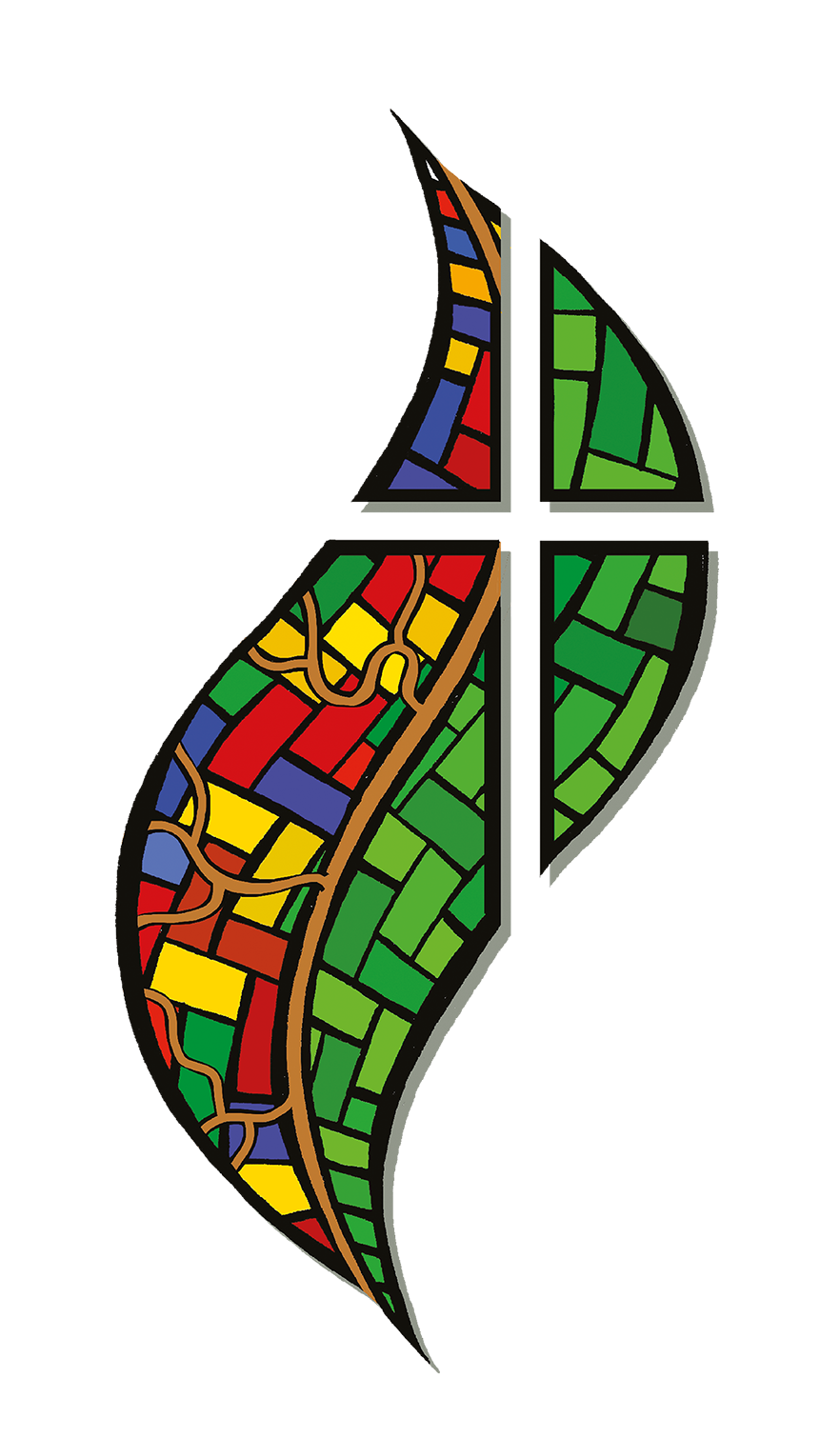The Amazon in Peru

The Amazon in Peru.
The Peruvian Amazon comprises an area of 782,880.55 km² east of the Andes Mountain Range. It is one of the areas with the greatest biodiversity and endemism on the planet, covering two natural regions: high forest and low jungle, occupying more than 60% of the Peruvian territory.
After Brazil, it is the second country in the territory of the Amazon rainforest.
Despite its extension, it is also the least populated region of Peru, opening only 13% of the country's population. Thanks to the use of natural resources, the descendants of more than 51 indigenous peoples live in harmony with the environment. There is still a large number of indigenous peoples in a state of isolation.
Environmental pollution, illegal extraction of wood, depredation of wildlife, biopiracy and desertification, as well as oil exploitation plague the Peruvian jungle and its negative impacts have the effects of degradation of natural resources and rapid decline in living conditions of the population.
The ecclesiastical jurisdictions in the territory are 10: 8 vicariates and 2 dioceses.
History of the Church in Peru.
The first missionary incursions into the Peruvian Amazon took place in the sixteenth century, after the discovery of the Amazon River by Francisco de Orellana (1542). In the seventeenth century, the Jesuits created missions and came into contact with different indigenous peoples in the region, in the colonial era were also present the Dominicans, Mercedarians and Franciscans.
At the end of the 16th century, Santo Toribio de Mogrovejo, Bishop of Lima, made a pastoral visit to the Moyobamba region.
The Jesuits founded numerous reducciones (reductions) along the river, resisting the permanent challenges of the conditions of the jungle and the Portuguese invasions
In 1760, before its expulsion, the Jesuit reducciones included 12, 229 natives in 34 towns, with 22 missionaries.
In the 19th century, the Franciscan Order replaced the Jesuits in the Maynas region.
In the twentieth century, by decree of erection of the Apostolic Prefectures, on February 5, 1900, Augustinians, Franciscans and Dominicans settled in the Peruvian Amazon; later came Passionists and Jesuits. These Apostolic Vicariates created works of promotion, health and formation.
***
With information from: “Amazonía: Aspectos Relevantes de su Historia “. Nieto Velez S.J., Armando. In: La Amazonía. Sílabas del agua, el hombre y la naturaleza. Colección Arte y Tesoros del Peru. Lima 2015.
***The content presented here has the sole purpose of offering an informative subsidy. Therefore, the present text has no official character.




